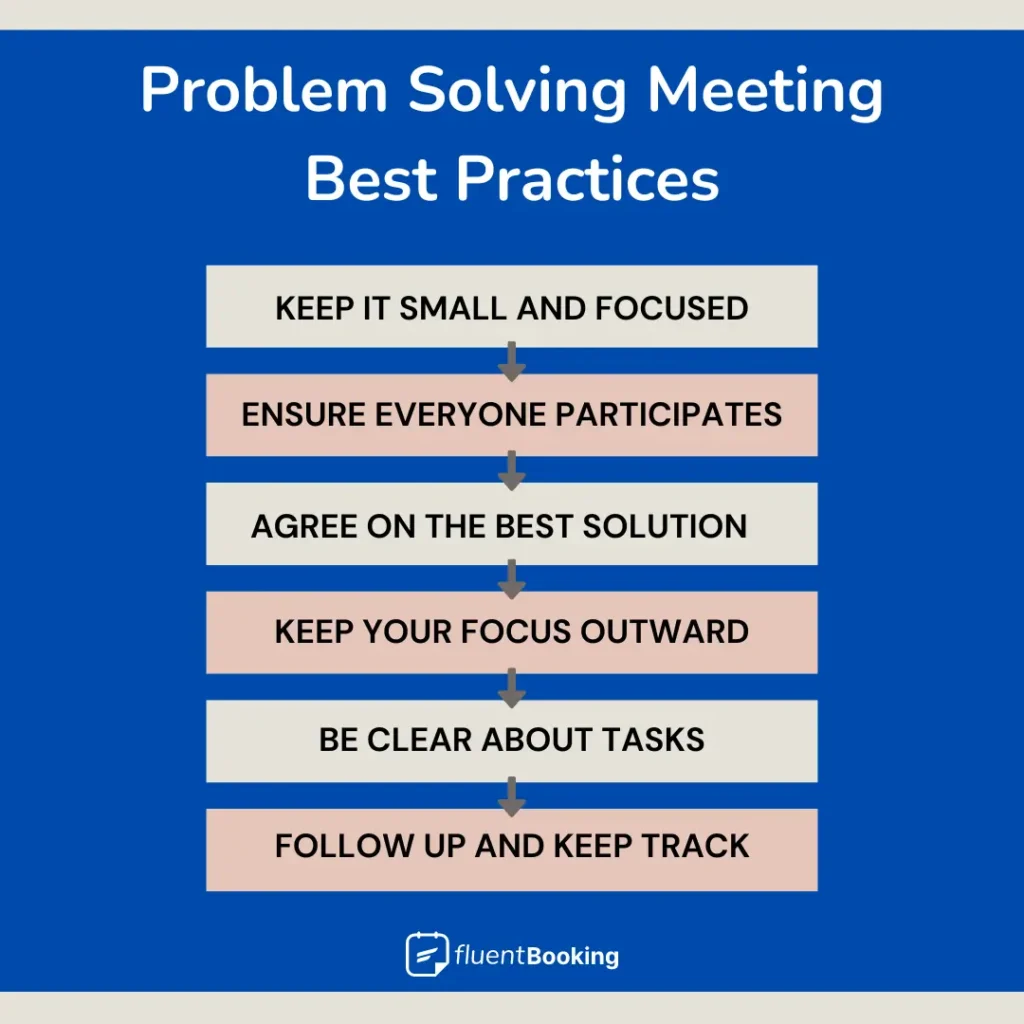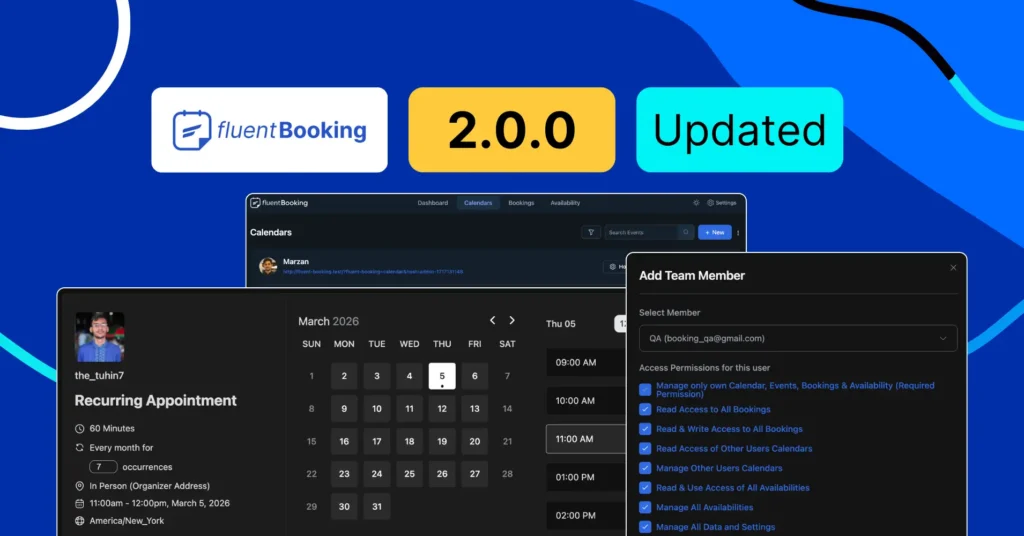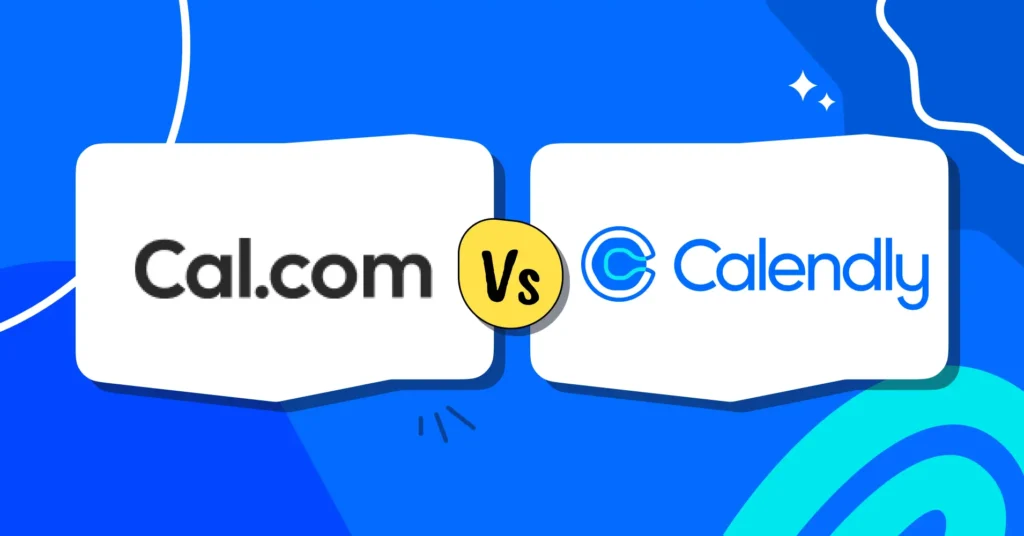
How to Crack the Code of Your Problems with a Problem-Solving Meeting?
Imagine a scenario where your car broke down unexpectedly. Stranded and frustrated, you call a few friends. Together, you identify the problem, come up with a solution, and get back on the road. This is the essence of a problem-solving meeting at work.
When an issue arises, whether it’s a tight deadline, a project bottleneck, or a team conflict, it’s like that car breaking down. The situation is unsettling and stressful. But instead of facing it alone, you can bring your team together to tackle the problem head-on with a problem-solving meeting.
In this article, we’ll show you how you can utilize problem-solving sessions to engage your team, streamline discussions, and achieve real solutions.
Stay with us—you’ll find this incredibly useful!
What is a Problem-Solving Meeting?
A problem-solving meeting is like a team huddle where everyone comes together to tackle a tough puzzle. Whether it’s a big problem affecting the whole company or a smaller hiccup in a project, these types of meetings are all about finding answers.
Consider it a brainstorming session mixed with a strategy game plan. The goal? To figure out what’s going wrong, toss around ideas, and decide on the best way forward.
What is an Example of a Problem-Solving Meeting in the Workplace?
A perfect example of a problem-solving session would be a scenario where a company’s marketing team notices a sudden drop in website traffic, resulting in a decline in sales. To tackle this, they decided to have a problem-solving meeting.
The team members gather to identify the root of the problem. They look at recent website changes, marketing strategies, and competitor activities. In order to resolve the issue, they brainstorm ideas such as better website optimization and targeted ads.
They pick a plan, assign tasks, set deadlines, and plan how to measure progress. Feeling positive, they leave the meeting with a clear plan and are ready to act. This is how a problem-solving meeting unfolds!
Who Would Benefit from a Problem-Solving Meeting?
The purpose of problem-solving meetings is to fix problems preventing the team from accomplishing its goals. Meetings in this format are led by a leader/project manager. This person usually knows a lot about the issue or is responsible for fixing it.
The team includes members who know how the problem started and those who will be affected by the solution. When everyone has heard each other’s ideas, they can collectively come up with the best solution.
A Fail-Proof Problem-Solving Meeting Agenda
Here’s a ready-to-use agenda for your next problem-solving meeting. Customize it as needed to match the unique requirements of your company and the specific challenge you’re facing.
| Agenda Item | Outcome | Duration | Role |
| Welcome and Intro | Start the meeting and explain its purpose. | 5 Minutes | Meeting Leader |
| Problem Overview | Provide a concise description of the problem to ensure everyone is on the same page. | 5 Minutes | Meeting Leader |
| Identify Problem | Define the problem clearly and get input. | 10 Minutes | All Participants |
| Gather Info | Share relevant data and insights. | 10 Minutes | Meeting Leader |
| Discuss and Analyze | Explore the root causes of the problem and identify underlying issues. | 15 minutes | All Participants |
| Brainstorm Ideas | Generate a list of potential solutions or ideas and keep meeting notes. | 10 Minutes | All Participants |
| Evaluate Solutions | Assess the proposed solutions based on feasibility, effectiveness, and potential impact. | 10 Minutes | All Participants |
| Make Decisions | Select the most appropriate solution by reaching a consensus or using a defined decision-making method (e.g. voting). | 10 Minutes | All Participants |
| Plan Actions | Create an implementation plan. | 10 Minutes | All Participants |
| Follow-Up | Establish how progress will be monitored, and schedule a follow-up meeting to review and adjust. | 5 Minutes | Meeting Leader |
| Conclude | Summarize the key points discussed, decisions made, and next steps. Thank attendees for their contributions.. | 5 Minutes | Meeting Leader |
Best Practices to Hold a Successful Problem-Solving Meeting
Now that you have a perfect problem-solving meeting agenda ready, integrate it with the best practices for the most effective approach to any challenge.

Keep it Small and Focused
Only invite the key people directly involved or affected by the problem. Getting the right people in the room makes it easier for everyone to speak up and stay on track, avoiding unnecessary distractions.
FluentBooking can help you to keep the meeting focused by inviting only those directly involved or impacted by the issue.
Make Sure Everyone Participates
Set some ground rules at the start so everyone feels comfortable sharing their thoughts. Assign someone to jot down notes so you don’t repeat yourselves and can keep track of everyone’s input. If possible, bring in a facilitator to guide your problem-solving meeting, ensuring practical and impactful solutions are developed.
Decide on the Best Solution Collaboratively
Have a problem-solving meeting where every team member is looking forward to throwing out ideas. Then, compare them to see which ones make the most sense and are feasible. Talk it out until you all agree on the best way forward. Take into account the pros and cons of each option and make sure everyone’s voice is heard.
Keep Your Focus Outward
Remember, you’re here to solve a problem, not create new ones among yourselves. Stay focused on helping someone outside the meeting, whether it’s a customer, a colleague, or the company as a whole. Groups focusing on solving an outside problem stay united and productive. They see ideas as helpful, not personal attacks. This reduces defensiveness, making it easier to work together and improve ideas.
Be Clear about Tasks
Make sure everyone knows what they need to do after the meeting. Keep it simple and practical, with clear deadlines and responsibilities. Know what’s expected of you, what you expect from your team, and how the meeting will go down. This helps everyone work together smoothly and reduces confusion.
Follow Up and Keep Track
After the meeting, make sure everyone knows what they need to do next. Keep track of what was decided and check in later to see how things are going. Verify that progress is made towards solving the problem.
Transform Your Troubles into Triumphs!
Ever heard the saying, “a well-oiled machine”? Well, think of your problem-solving meeting as just that! It’s like the well-oiled engine that drives your team toward solutions.
A problem-solving meeting with a well-organized agenda will keep everyone on track and ensure your meetings lead to real solutions. By sticking to a clear plan and using the smart practices discussed above, your team can tackle challenges effectively and keep improving.
So, get ready with a solid agenda and turn your problem-solving sessions into engines of progress!
Maisha Abedin
Hey, it’s Maisha! I enjoy crafting stories and producing content that adds value to readers. Outside of work, you will either find me capturing the beauty in the mundane or daydreaming about the perfect lasagna!
Table of Content
Subscribe To Get
WordPress Guides, Tips, and Tutorials











Leave a Reply